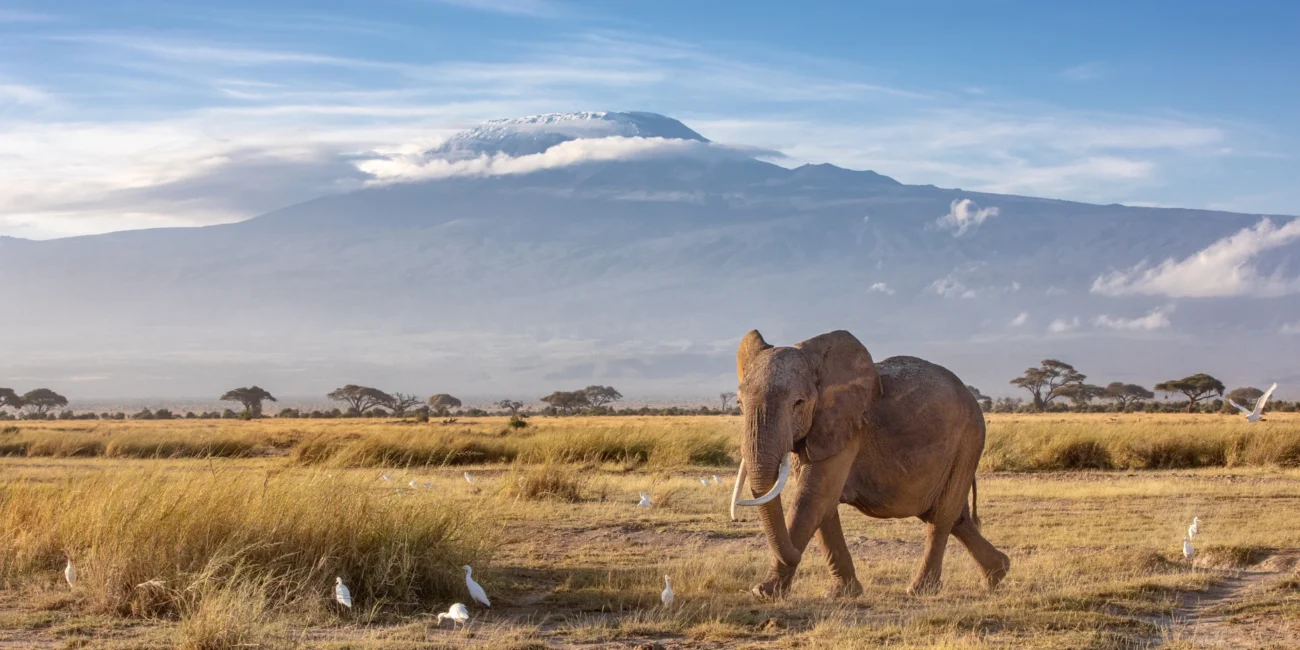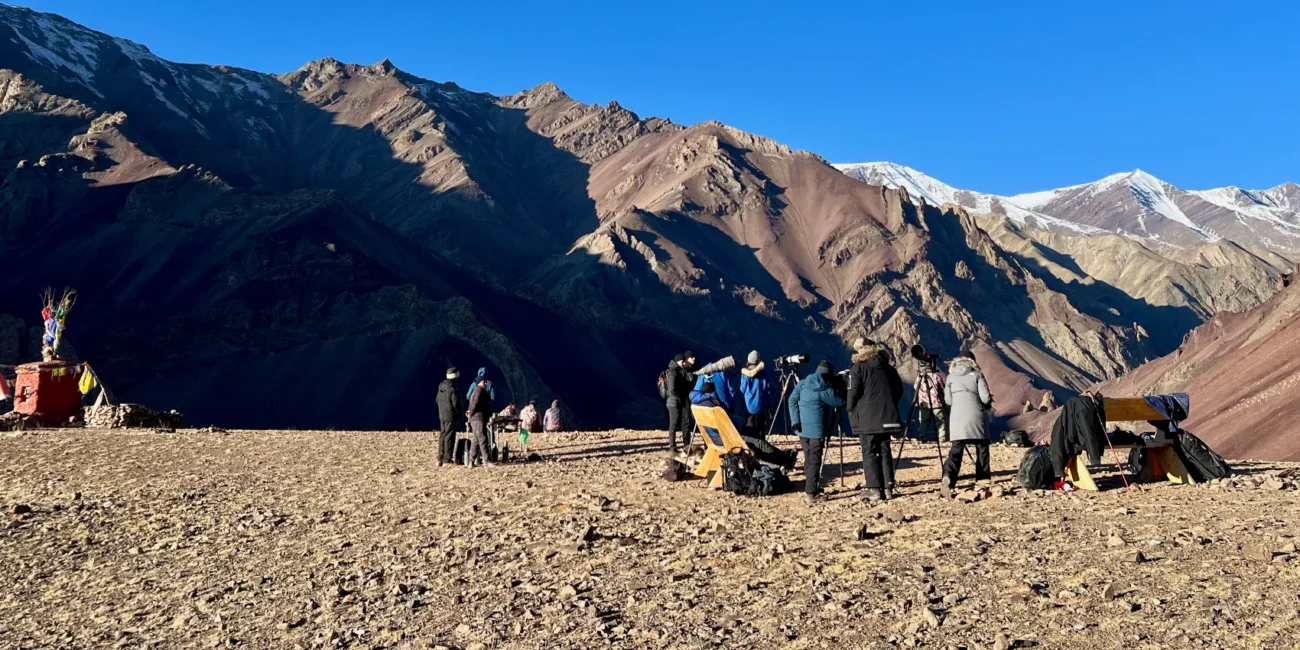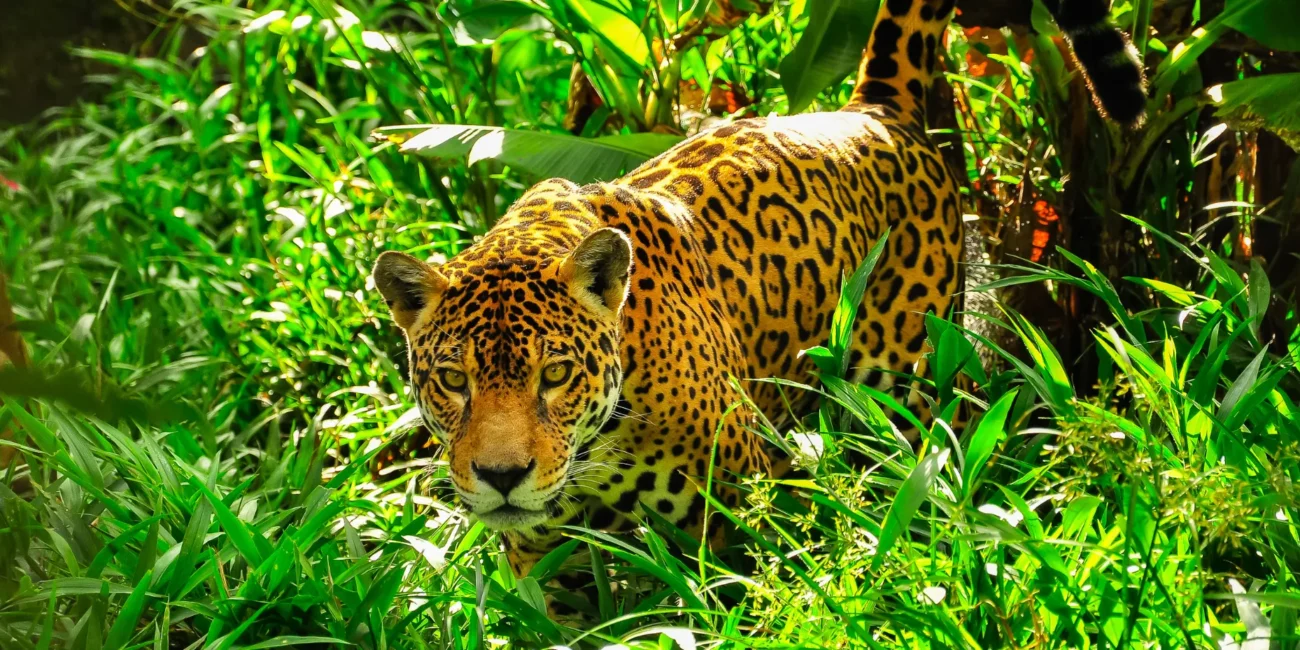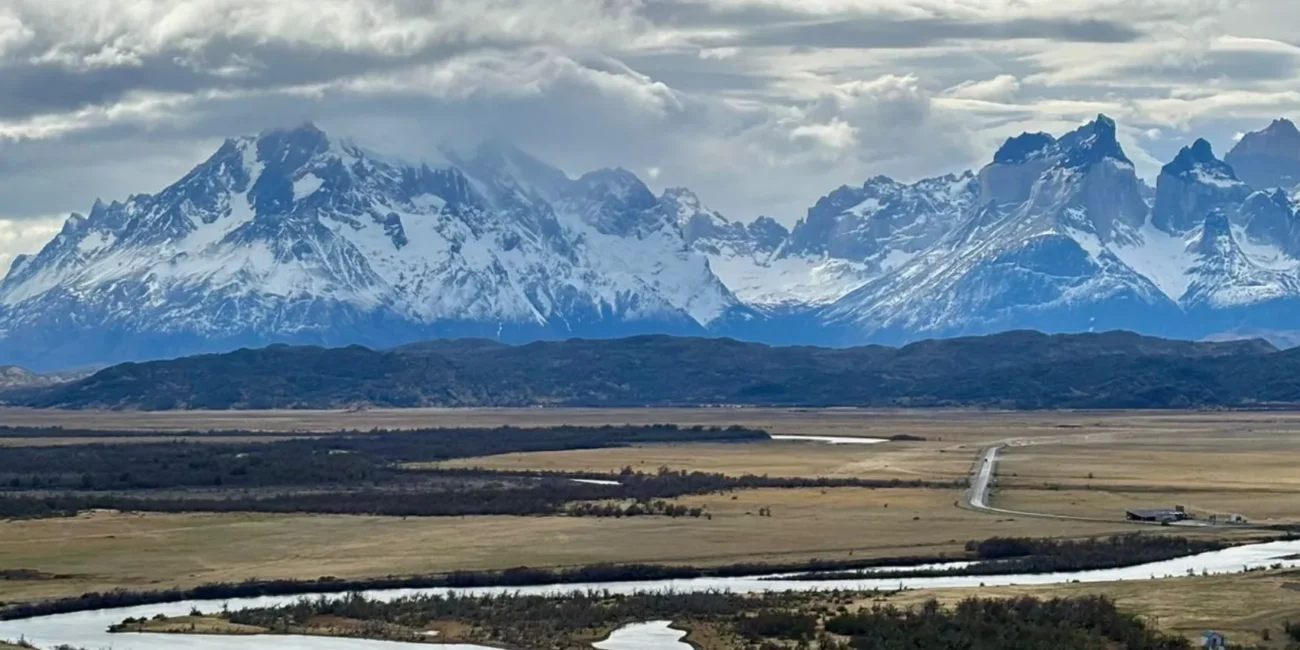Some places in Africa speak with startling clarity. Volcanic peaks pierce clouds, rivers flow into deserts and ecosystems rise and fall with the rhythm of rains.
These are the natural wonders of Africa, shaped by forces older than memory.
Each one invites us to listen and learn about the delicate balance between life and the environment. This is a journey through six extraordinary places where life still moves to nature’s design.
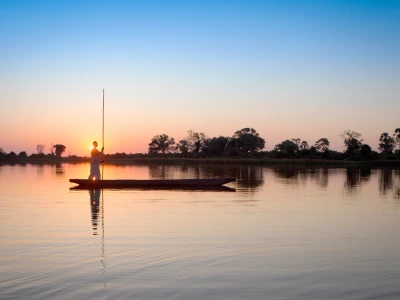
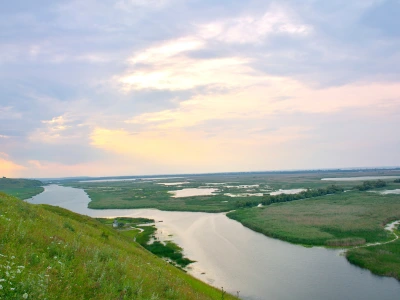
Mount Kilimanjaro
From Rainforest to Ice
Mount Kilimanjaro rises 5,895 metres above northern Tanzania. As Africa’s highest peak, it reveals a vertical journey through five climate zones, each with its own unique wildlife and plant life.
Climbers pass from rainforest into moorland, alpine desert and eventually ice fields. Every zone supports species adapted to narrow temperature and altitude ranges. Giant lobelias and colobus monkeys thrive metres apart on the same slope.
But the mountain’s glaciers are disappearing. Kilimanjaro has lost 85% of its ice since 1912. With less cloud cover and rising temperatures, sublimation causes the ice to vanish straight into the air. The summit holds ice records that span 11,700 years, and this archive could disappear within decades.
Sacred Ground
The Chagga people have cultivated the mountain’s lower slopes for centuries. Their terraced farms and intricate irrigation systems shape the land with care. Their legends speak of a god, Mulungu, who gave them the mountain as protection and provider.
Today, many Chagga work as guides and porters, carrying generations of ecological knowledge. Their stories, ceremonies and songs keep a deep relationship with Kilimanjaro alive.
Lake Victoria
Africa’s Great Freshwater Sea
Lake Victoria straddles Kenya, Tanzania and Uganda. It supports over 30 million people, providing them with water, food and jobs across East Africa.
Spanning across 68,800 square kilometres and feeding the White Nile, this extraordinary lake is a lifeline. Its fishery is the largest on the continent, with over 200,000 people fishing its waters.
But pressures have mounted. Nile perch, introduced decades ago, outcompete native fish. Invasive water hyacinths choke waterways, and fertilisers feed harmful algae. As phosphorus levels rise, oxygen drops. Species vanish, and the water turns murky.
Restoring Balance
The Lake Victoria Basin Commission leads conservation across five nations. Scientists have resumed joint water monitoring after a twenty-year hiatus. Ministers have committed new resources to improve water quality, limit pollution and restore balance.
Through shared responsibility, East African nations aim to protect this vital resource and the people who depend on it.
The Okavango Delta
A Refuge for Wildlife
In the dry heart of Botswana, the Okavango Delta comes alive with distant rain. Water from Angola flows south and then spreads across 15,000 square kilometres of channels, pools and islands.
When the rest of the Kalahari dries up, the Delta offers life. Elephants travel great distances to drink. Wild dogs hunt across flooded plains. Hippos and crocodiles rule the waterways, while wattled cranes and fish eagles call from above.
The annual flood supports farming, refills aquifers and keeps an entire region breathing.
Sharing Local Wisdom
Local guides navigate the Delta in mokoros, dugout canoes once carved from sausage trees and now made with sustainable materials. The Bayei and Hambukushu people share their stories and deep knowledge of the water.
This quiet, low-impact way of travel lets guests observe without disturbing. It keeps ancient skills alive while protecting the land and its wildlife.
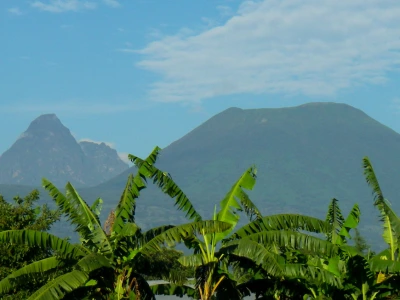
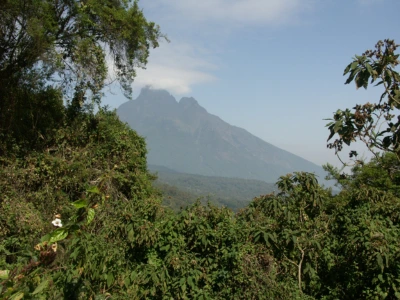
Virunga Mountains
A Sanctuary in the Clouds
The Virunga Mountains span the borders of the DRC, Rwanda and Uganda, where eight volcanoes pierce the mist between Lake Edward and Lake Kivu. This complex landscape supports more biodiversity than almost any other region in Africa.
Virunga National Park alone shelters 218 mammals, 706 birds, and over 2,000 plant species. Elephants pass between forest and savanna. Golden monkeys hide in the undergrowth. Shoebill storks and Rwenzori turacos call from the canopy.
At the heart of this mountain refuge live more than 600 mountain gorillas, which is over half the global population.
Maintaining a fragile balance
The mountains shape nature, culture and survival. The Batwa people, among the region’s earliest inhabitants, revere the forest and its animals as sacred. Their songs speak of water-giving mountains and forest spirits who bring rain.
Local farmers grow crops in the rich volcanic soils. But conflict, poaching and deforestation have long threatened the region’s fragile balance. Eruptions from Mount Nyiragongo and Mount Nyamuragira reshape the land and test communities already under pressure.
Still, this is a story of resilience. Cross-border teams patrol the parks. Vets treat injured gorillas. Ecotourism creates jobs, builds clinics and funds conservation. Where communities once cut down forests, they now protect them for the sake of wildlife, as well as their own future.
Victoria Falls
Where Water Shapes Life
On the edge of the Zambezi River, where Zambia meets Zimbabwe, water crashes into basalt and mist soars into the sky. Victoria Falls spans over 1.7 kilometres and drops more than 100 metres into a chasm of gorges carved by millennia of erosion. When the river floods, up to 9,000 cubic metres of water plunge into the rainforest each second, drenching it in constant spray.
This microclimate sustains hundreds of plant species, including wild figs, fireball lilies and creeping ferns. During the rains, the falls roar, and the forest swells with colour. In the dry months, the flow slows, and parts of the rock wall fall silent.
Around the falls, elephants and buffalo roam the woodlands, baboons skitter through the trees and raptors, such as the Taita falcon, nest in the cliffs. Nile crocodiles patrol the waters, and the sounds of Trumpeter hornbills and Heuglin’s robins echo through the mist.
The Smoke That Thunders
To the Tonga people, the falls are Mosi-oa-Tunya — the Smoke That Thunders. For generations, they have come here to make offerings, hold rainmaking ceremonies and honour ancestral spirits said to dwell in sacred pools and islands.
Local knowledge has long shaped how people lived with the falls, including which places to avoid, when to fish and how to navigate the floods. Today, tourism brings new stories, funding anti-poaching patrols, habitat restoration and black rhino protection.
Zambia and Zimbabwe now jointly manage this UNESCO World Heritage Site. Joint patrols cross borders, while visitor limits help protect fragile zones. Conservation works here because it respects both nature and culture.
Learning Through Place
These natural wonders of Africa show us how deeply life depends on balance. Their power doesn’t lie in their scale alone. It lies in their ability to teach.
Every trail, floodplain and forest holds a story. When we walk through these places with respect and curiosity, we begin to recognise a relationship between people and place. And with that, a responsibility.
Interested in Exploring the Natural Wonders of Africa?
Journeys With Purpose offers private, conservation-focused adventures to Africa, with tailor-made itineraries built around your passions. We also plan hosted journeys –get in touch with our expert travel specialists today on +44 20 8044 9538 or at connect@journeyswithpurpose.org.
DIG A LITTLE DEEPER
Contribute to Positive Impact on a Hosted Journey.
Connect with Impact Partners around the world during a Private Experience.


